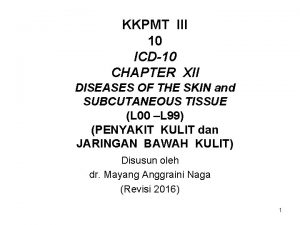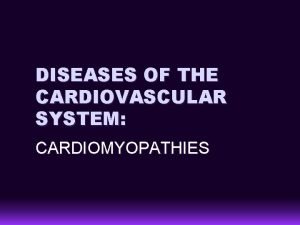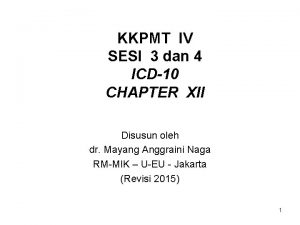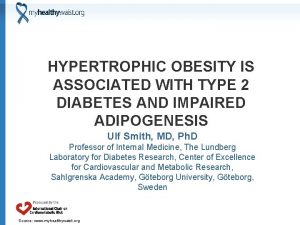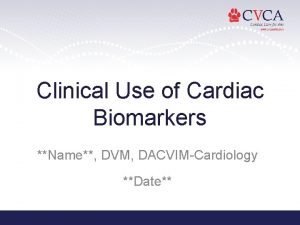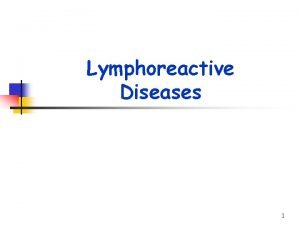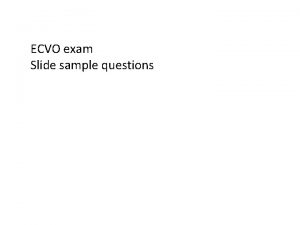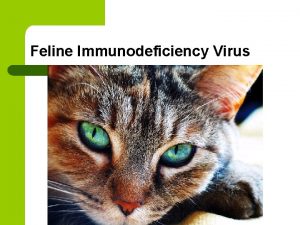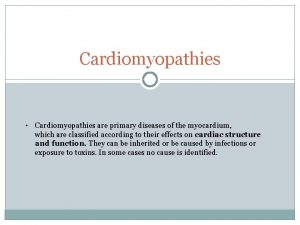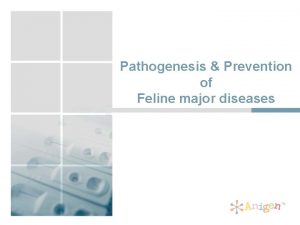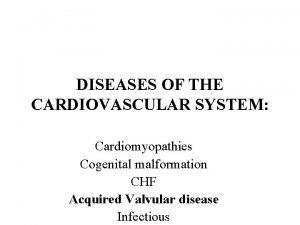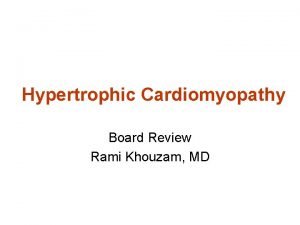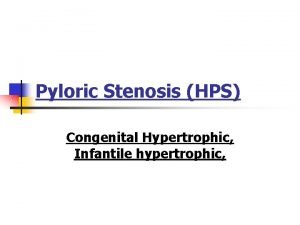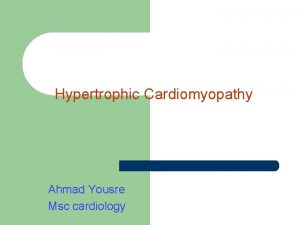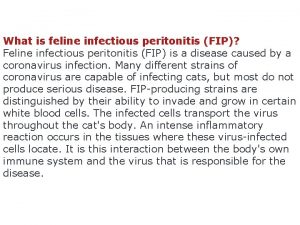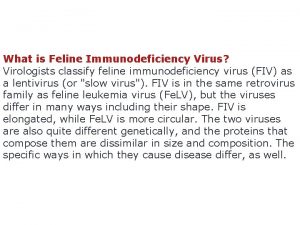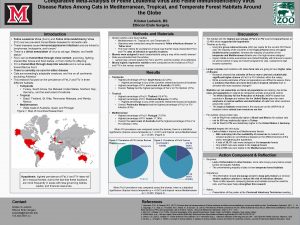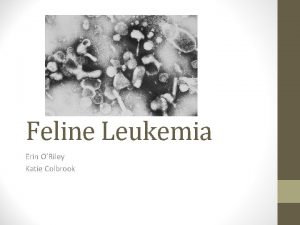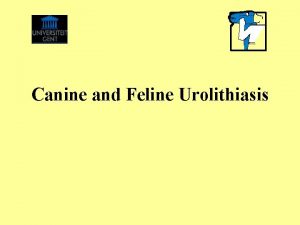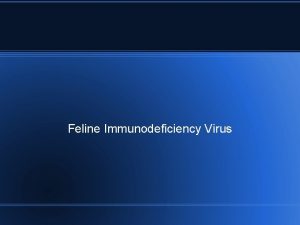DISEASES OF THE CARDIOVASCULAR SYSTEM CARDIOMYOPATHIES FELINE HYPERTROPHIC
















- Slides: 16

DISEASES OF THE CARDIOVASCULAR SYSTEM: CARDIOMYOPATHIES

FELINE HYPERTROPHIC CARDIOMYOPATHY • Hypertrophic Cardiomyopathy (HCM), a type of abnormal thickening of the heart (left side) • It is the most common cause of heart disease in cats. It is often an “occult” silent killer, and it can result in sudden death in cats • So what is happening? • With HCM, the normal heart muscle is replaced by fibrous connective tissue (scar tissue). This causes the heart to become too muscular (thicker or “hypertrophied”), and the main heart chamber that pumps blood to the body (left ventricle) becomes too small, making less room for blood

FELINE HYPERTROPHIC CARDIOMYOPATHY NEUTERED MALE CATS BETWEEN 1 -16 YRS. OF AGE THE MOST COMMON CARDIOMYOPATHY IN CATS!

FELINE HYPERTROPHIC CARDIOMYOPATHY § THE PREDOMINANT PATHOLOGY OF THIS DISEASE IS LEFT VENTRICULAR HYPERTROPHY § CAUSE: § Genetics

FELINE HYPERTROPHIC CARDIOMYOPATHY

Clinical signs: § § § Rapid, difficult breathing Increased HR Extreme lethargy Collapse Life threatening blood clots A soft, systolic murmur (grade 2 -3, or 6) Not all cats with HCM have heart murmurs that veterinarians can “hear” with the stethoscope

Diagnostics: § § § Chest x-rays Electrocardiogram (ECG) Blood work Blood pressure monitoring Echocardiogram — otherwise known as a cardiac ultrasound — to measure the heart size and function

VALENTINE HEART APPEARANCE ON X-RAY

FELINE HYPERTROPHIC CARDIOMYOPATHY: Pathophysiology PROBLEM: The walls lose compliance and resist filling during diastole! (diastolic failure, pre-load defect)

FELINE HYPERTROPHIC CARDIOMYOPATHY: § If the left ventricle cannot fill adequately with blood, the blood backs up into the left atrium (enlargement) → pulmonary vein → pulmonary edema! § The left atrium becomes dilated with blood → the blood becomes static → blood stasis leads to clot formation → clot becomes dislodged and trapped elsewhere in the arterial system → thromboembolism! ***90% of thrombi become lodged in the aortic trifurcation causing “saddle thrombus”***

§ Clinical signs of saddle thrombus: § Acute onset of rear leg pain § Paresis (pet can sometimes be unable to walk) § Cold, Blue colored pads (Due to decreased circulation in the hind limbs) § Lack of pulses in hind limbs § History or clinical findings of heart disease

FELINE HYPERTROPHIC CARDIOMYOPATHY: SADDLE THROMBUS ACUTE, PAINFUL CONDITION CAUSING PARESIS, COLD REAR LEGS/FEET!

FELINE HYPERTROPHIC CARDIOMYOPATHY: SADDLE THROMBUS

FELINE HYPERTROPHIC CARDIOMYOPATHY: TREATMENT FUROSEMIDE (DIURETIC) ASPIRIN ANTICOAGULANT OR PROPRANOLOL (B-BLOCKER) DILTIAZEM (CALCIUM CHANNEL BLOCKER)

FELINE HYPERTROPHIC CARDIOMYOPATHY: TREATMENT § LASIX (furosemide): a diuretic § DILTIAZEM: a calcium channel blocker; reduces blood pressure and cardiac afterload; overall improvement in diastolic function § Or Propranolol: a beta-blocker to decrease heart rate and myocardial oxygen demand § ASPIRIN: an anticoagulant used to thin blood and help prevent clot formation in HCM § TPA (Activase): fibrolysin resulting in the breakdown of clots § Or Heparin, Warfarin: acts on the coagulation factors to inhibit the formation of a stable clot

FELINE HYPERTROPHIC CARDIOMYOPATHY: CLIENT INFO § There is no cure! § Cats with HCM may experience heart failure, arterial embolism, or SUDDEN DEATH! § Cats whose heart rates stay below 200 beats/min have a better prognosis than those whose heart rate is >200 beats/min
 Chapter 8 cardiovascular system
Chapter 8 cardiovascular system Hypertrophic pyloric stenosis
Hypertrophic pyloric stenosis Kode icd-10 paronychia
Kode icd-10 paronychia Feline
Feline Kode icd paronychia
Kode icd paronychia Hypertrophic obesity definition
Hypertrophic obesity definition Human skull with restored features from jericho
Human skull with restored features from jericho Cardiopet probnp feline 1,500
Cardiopet probnp feline 1,500 Famous author candy
Famous author candy Indian burial ground candy bar
Indian burial ground candy bar Eber
Eber Feline histiocytosis
Feline histiocytosis Chapter 19 the cardiovascular system blood vessels
Chapter 19 the cardiovascular system blood vessels What makes up the circulatory system
What makes up the circulatory system Pithed model
Pithed model Its tubular dude
Its tubular dude Circulatory system crash course
Circulatory system crash course


